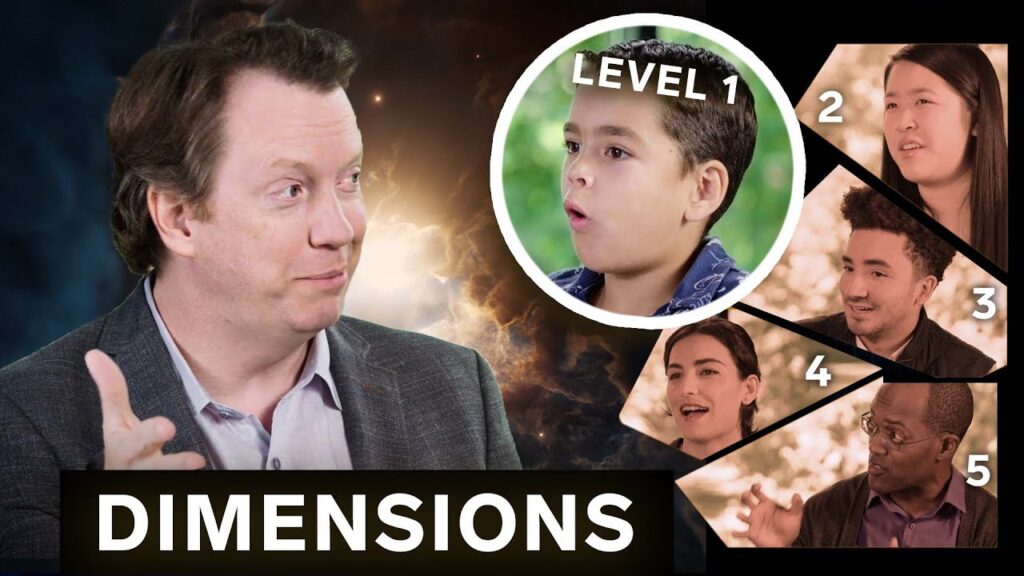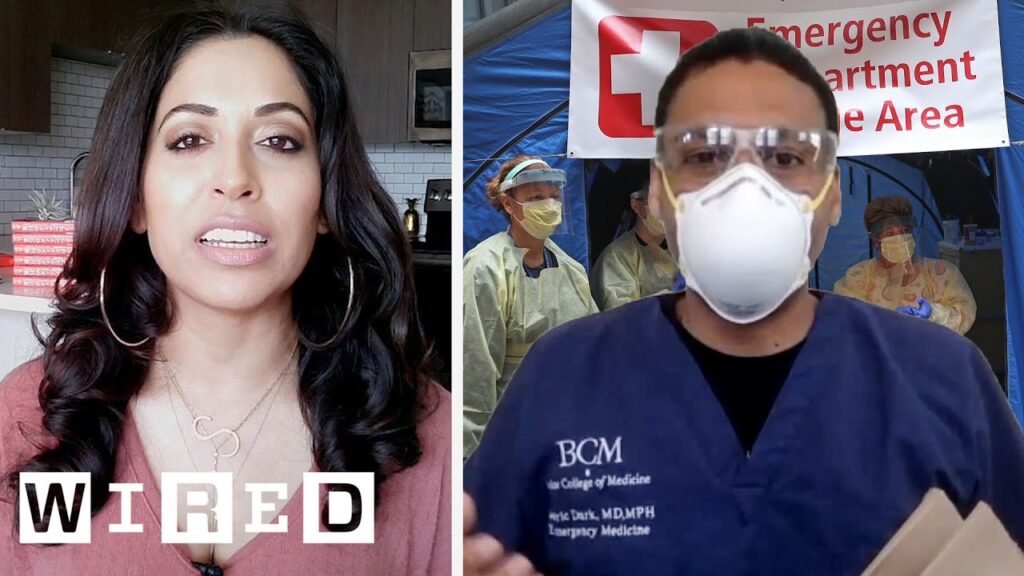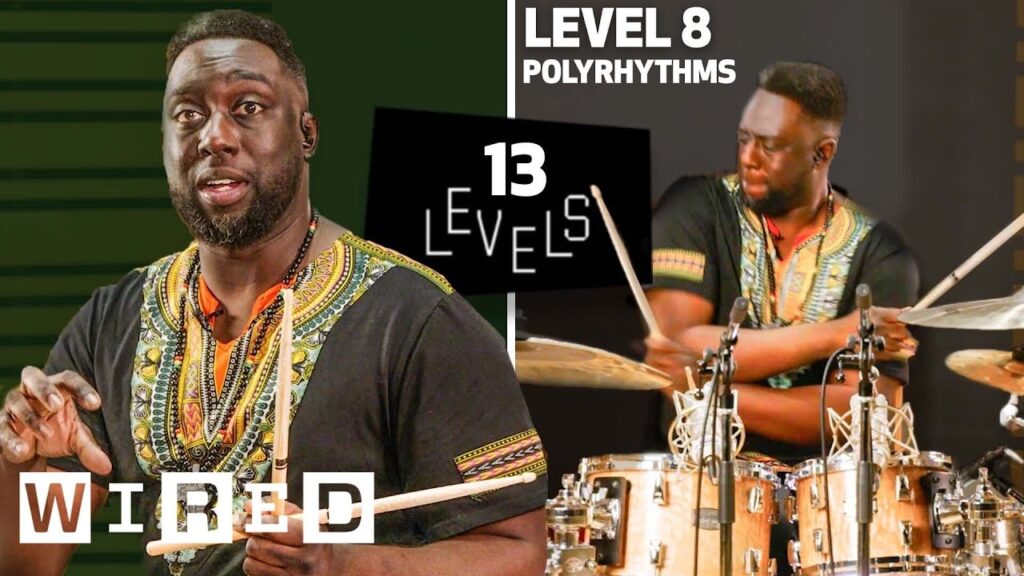Hyper Realistic Masks: A Growing Concern in Crime and Security
Summary
Hyper realistic masks are becoming increasingly popular, and people are being fooled in real-life situations, including criminal activities. A recent study found that a third of people couldn’t distinguish between a real face and a mask. This is concerning as humans rely heavily on facial cues to understand each other’s mental states and connect them to specific individuals. The use of hyper-realistic masks is not new, but the price has come down significantly, making them more widely available. While humans may not be good at detecting these masks, there are other parts of the light spectrum that can be used to detect them.
Table of Contents
- The Challenge of Detecting Hyper Realistic Masks
- The Disconnect Between Facial Appearance and Movement
- Using Thermal Imaging to Detect Synthetic Faces
- Conclusion
The Challenge of Detecting Hyper Realistic Masks
Hyper realistic masks are made of silicone and are hand-painted to be unique. They have become more widely available as the price has come down, and they are being used to fool people in real-life situations, including committing crimes. A recent study found that a third of people couldn’t distinguish between a real face and a mask, even when given unlimited time. This is concerning because humans rely heavily on facial cues to understand each other’s mental states and connect them to specific individuals. The study’s author, psychologist Rob Jenkin, believes that people may not be paying attention or may not be expecting to see a highly realistic mask, which is why they are being deceived.
The Disconnect Between Facial Appearance and Movement
The disconnect between facial appearance and the ability to move could be exploited to improve detection of mask misuse for criminal activities. For example, in the US, a string of bank robberies was carried out by someone who appeared to be in their 70s or 80s, gaining the nickname “Geezer Bandit”. However, when the robber was caught on CCTV escaping on foot, people began to suspect that it might be a younger person wearing a mask. Other cues, such as mismatches in apparent age or movement, could be used to detect these masks.
Using Thermal Imaging to Detect Synthetic Faces
While humans may not be good at detecting these masks, there are other parts of the light spectrum that can be used to detect them. The thermal signature of a masked face made of silicone is different from a real face, making it detectable by infrared vision. Humans have varying abilities in identifying faces, and there is interest in screening individuals who are naturally good at face recognition for security and forensic purposes. Detecting synthetic faces through thermal imaging is a new task that requires further investigation.
Conclusion
Hyper realistic masks are becoming more popular and are being used to deceive people in real-life situations, including criminal activities. While humans may not be good at detecting these masks, there are other parts of the light spectrum, such as thermal imaging, that can be used to detect them. It is important to continue researching and developing new methods for identifying these masks to prevent their misuse.







